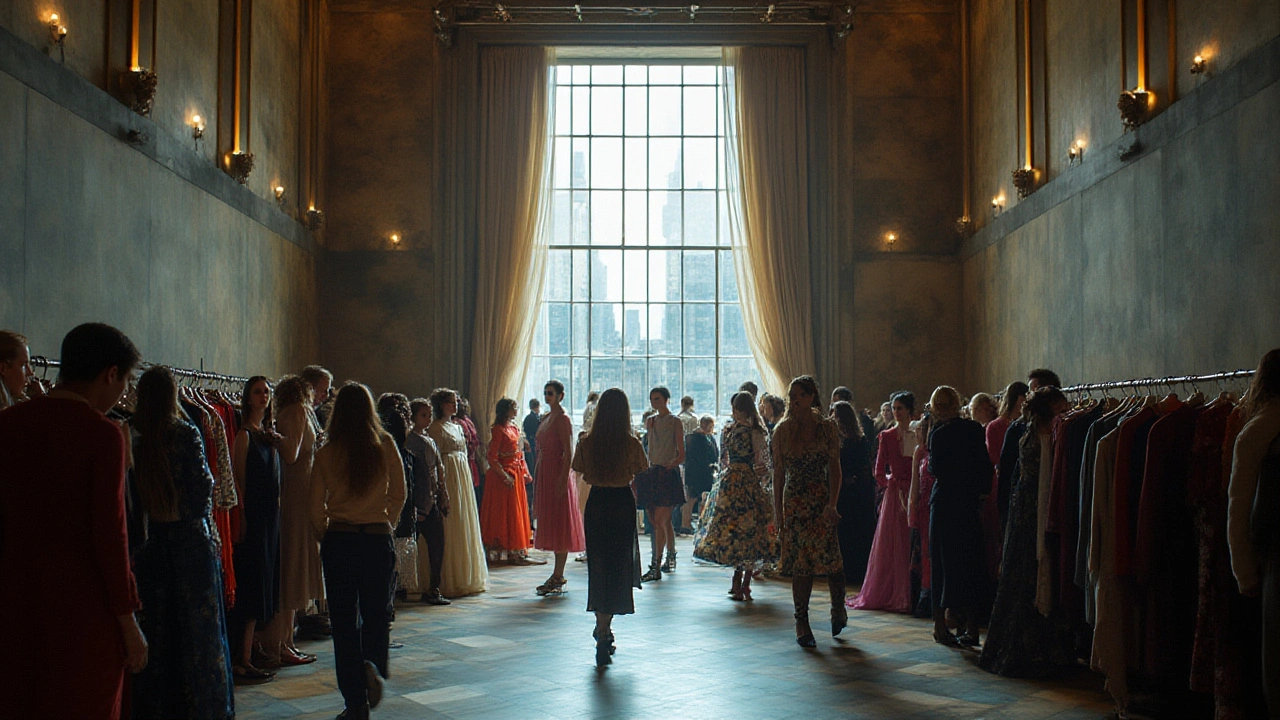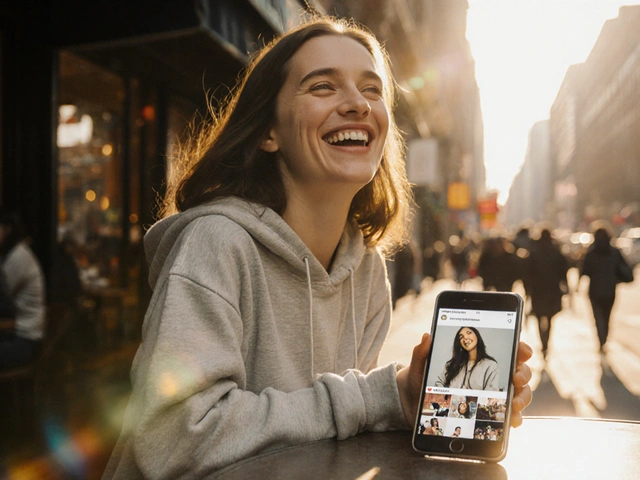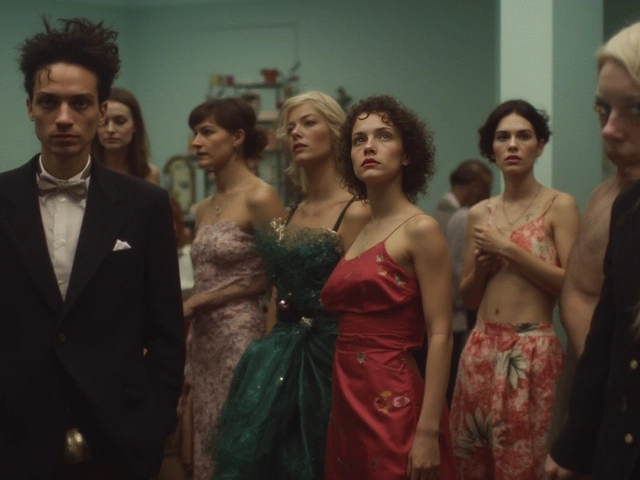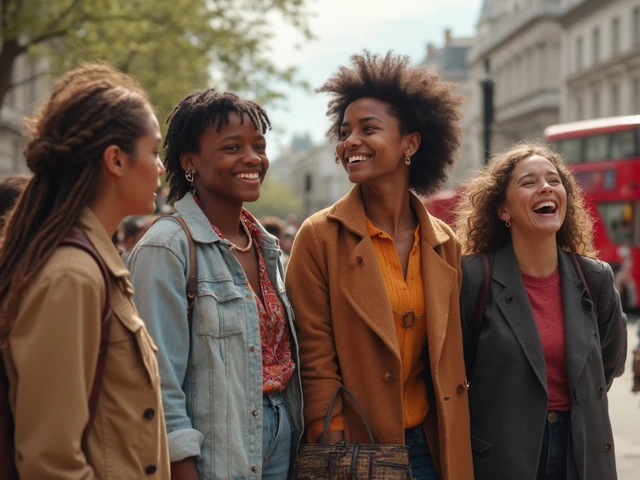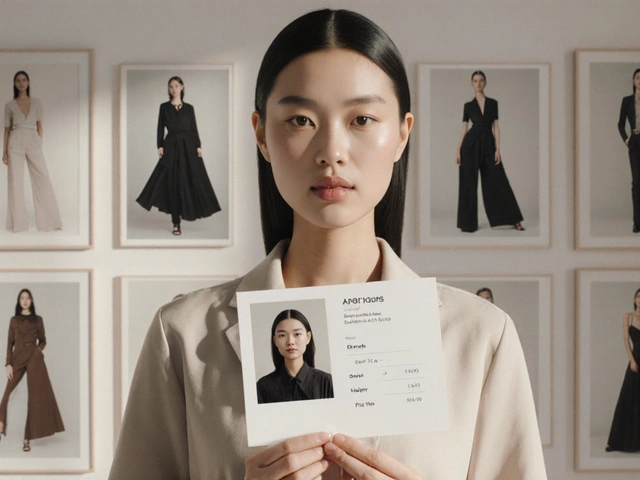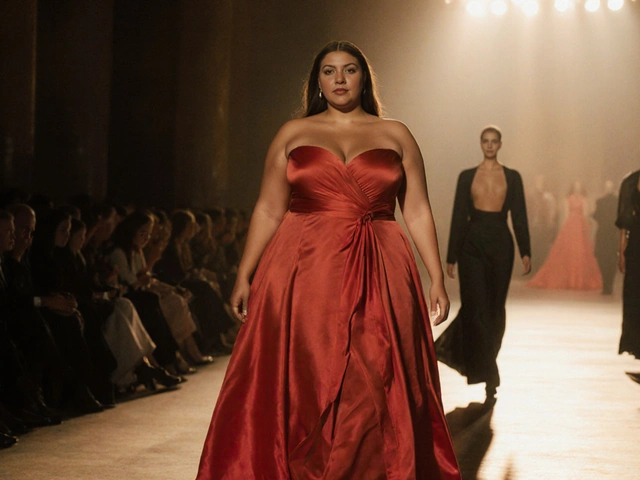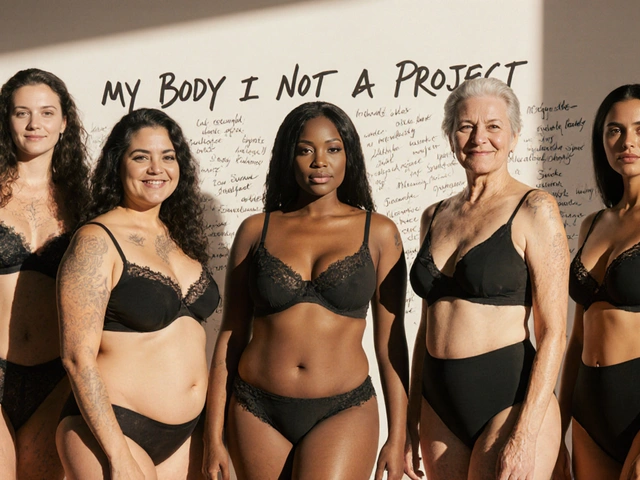No one just wakes up as a global icon. Yet somehow, the likes of Gisele Bündchen, Naomi Campbell, and Kaia Gerber pull off this gravity-defying act. These top models aren’t just posing; they're making or breaking billion-dollar brands in a blink. Their faces fuel everything from fierce runway shows to viral ad campaigns, and their names command checks bigger than most athletes. In 2024, the lines between fashion, fame, and influence are so blurred, sometimes it’s hard to tell if you’re looking at a campaign or following a lifestyle idol on Instagram.
The Journey From Model To Powerhouse
Every industry has its rockstars. Fashion is no different—but here, stardom rises fast and can vanish even faster. Getting scouted at 15 outside a coffee shop? That story isn’t rare. What’s rare is turning that chance into a legendary career. Think about Bella Hadid. Back in 2016, she was doing minor shoots; now, she sets the tone for entire seasons at Paris Fashion Week.
To make it big, models grind through endless auditions (casting directors call them 'go-sees'), killing themselves to nail the right look for each brand they meet. It's a cutthroat world—thousands of hopefuls, but the demand for icon-level faces is razor thin. According to data from Models.com, only about 1% of all working runway models land contracts with top five luxury labels like Chanel or Dior.
Once a model scores that first big show or editorial, things move at lightspeed. But it takes more than cheekbones and height now; attitude, social media presence, and personal story matter. Take Adut Akech. She moved from South Sudan to Australia as a refugee, and now, she’s a Met Gala regular, often speaking about refugee rights. That narrative is gold for brands wanting an authentic, progressive image. Agencies look at engagement rates online, not just portfolios. If a model shows she can get hundreds of thousands of likes or shares for a backstage photo, that's influence a brand can't ignore. No wonder Model Alliance in 2023 reported nearly 60% of bookings for global campaigns involved models with six-figure Instagram followings.
On top of all this, today’s top models aren't just striking a pose. They're learning brand strategy. Karlie Kloss, for example, took coding classes and now runs her own tech education brand alongside major fashion partnerships. Gigi Hadid co-creates capsule collections and even creative directs photoshoots. The days of models being silent, pretty faces are long gone—powerhouses now negotiate project terms, royalties, and even brand ownership stakes. The new generation? They’re CEOs in heels, often literally building their own brands with every campaign.
The Business Behind the Runway: How Top Models Drive Global Brands
Fashion executives will tell you: it’s not just about the clothes. It’s about what happens when the right model meets the right brand. Pick the wrong face for your season, and your collection gets ignored. Choose the perfect one, and suddenly those $4,000 handbags are sold out worldwide. Superstar models are the golden ticket for labels trying to cut through the global noise.
Let’s put it in numbers. According to a 2023 Bain & Company luxury report, brands with high-profile, recognizable faces at the helm of their ad campaigns saw sales increase by 22% year-on-year, compared to just 10% for their competitors. When Burberry picked Kendall Jenner as its campaign face in spring 2022, online buzz more than doubled, leading to a traffic spike that crashed their site for hours. That’s not chance—Jenner’s 320 million Instagram followers amplified Burberry’s brand reach almost overnight.
This isn’t just about models looking good in an outfit. They act as living, breathing billboards—their lifestyle, friends, even what they eat turns into content that brands can tap into. Outfits spotted on models in their personal time often sell out in days, routinely labeled #ModelOffDuty looks across social feeds. Brands competing for global Gen Z shoppers now rely on these powerhouses to shape trends and communicate brand values (sustainability, inclusivity, empowerment) just by living their lives in the spotlight.
Here’s a look at how top models affect brand marketing and product performance, illustrated with some cold, hard numbers:
| Brand | Model | Campaign Impact | Social Reach |
|---|---|---|---|
| Dior | Jisoo (BLACKPINK) | Quadrupled pre-orders on Dior Addict Lip Glow | 75M IG followers |
| Prada | Kai (EXO) | Doubled sales of Signature Bags in South Korea | 18M IG followers |
| Versace | Dua Lipa | Collection sold out in 2 weeks | 90M IG followers |
| Balenciaga | Kim Kardashian | Site traffic up 40% after campaign | 364M IG followers |
Notice something? It’s not just about runway ability—star power and digital presence arguably matter more than ever. New faces are scouting for TikTok virality and unique personal narratives, knowing that the next big booking might come not from a chance meeting in Milan, but a viral video shoutout. The business machine behind modeling is ruthlessly efficient at turning personality plus looks into profit.
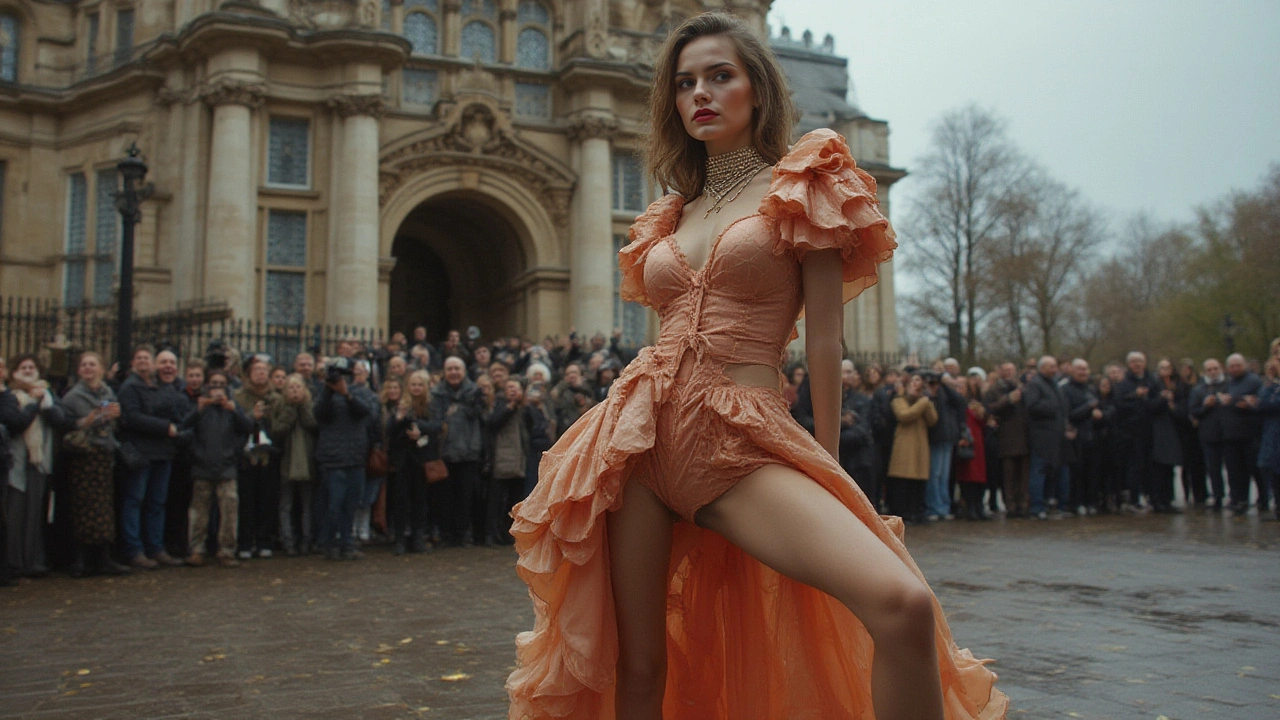
The Changing Standard of Beauty: From Classic Supermodels to Social Media Stars
The classic supermodel era—think Cindy, Linda, Christy—thrived on exclusivity and a set beauty ideal. Walk into casting today and it’s a different game. Fashion’s opened up to a wider, more diverse definition of who gets crowned as a top model. This shift is quick. According to the Fashion Spot’s 2024 diversity report, last season’s runways saw over 48% models of color and a large jump in LGBTQ+ representation compared to just a decade ago.
That’s not just an ethical win—it’s a smart business move. Gen Z shoppers want to see people who look like them on billboards, not just the same five faces. Brands like Savage X Fenty, helmed by Rihanna, have made inclusivity the new status quo, featuring plus-size, nonbinary, and models over 50 in the same campaign. As a result, Savage X Fenty’s annual revenue has grown over 200% since its 2018 debut, a rare boom for a new label in a crowded market.
The path to superstardom today doesn’t always start on the Paris catwalk either. TikTok, Instagram, and reality TV shows like Netflix’s “Next in Fashion” have minted stars such as Wisdom Kaye and Paloma Elsesser, who parlayed digital followings into legit runway and editorial careers. Agencies are now trawling social media as much as scouting malls or pageants; for every Scout Willis, there’s a viral sensation waiting in someone’s DMs. The upshot? Brands are evolving their casting sheets, not just for runway, but for campaigns designed to travel online and grab attention instantly.
It’s not just about being photogenic anymore. Top models must bring opinions, activism, style, and a willingness to engage with the audience directly. Winnie Harlow, for example, has shattered barriers about skin diversity thanks to her candid approach to her vitiligo, while also being a sought-after face for Marc Jacobs and Tommy Hilfiger.
And then there’s transparency. Modern powerhouses open up about pay, bad experiences, and discrimination—stuff older generations had to swallow quietly. The Model Alliance’s 2024 report found over 57% of models felt comfortable publicly sharing their rates and campaign terms, helping newcomers avoid exploitation. It’s pushing the industry to become more equitable, transparent, and open to change.
Beyond The Catwalk: Models as Business Moguls and Cultural Icons
Landing a campaign is one thing; turning those 15 minutes of fame into a long career? That’s the secret sauce. Plenty of models now use their platform to start brands, produce films, and launch social causes. Rosie Huntington-Whiteley’s beauty line, Rose Inc, skyrocketed thanks to her loyal fanbase. Tyra Banks turned a TV show (“America’s Next Top Model”) into an empire that redefined modeling for Millennials. Even Kendall Jenner is a partial owner of a tequila label, earning more from spirits than catwalks.
Social media changed the rules. Instead of waiting for editors to book them, models build their own direct-to-fan businesses. Emily Ratajkowski writes essays about feminism and runs a bathing suit label. Ashley Graham is a podcast host, underwear line founder, and body positivity campaigner all rolled into one. Gisele Bündchen’s environmental activism, combined with her public family life, makes her a talking point in both fashion and global climate summits.
The point? A model’s real power now comes from how she translates industry fame into something lasting. Even as the fashion cycle turns, those who branch out into beauty, lifestyle, activism, and media can out-earn top acting and sports stars. The British Fashion Council reported in late 2023 that the top five model-entrepreneurs each banked over $20 million in annual income—not just from walk-on fees or ad gigs, but from equity, licensing, and their own ventures.
- If you're aspiring to follow that path, start building your own story online—be active, real, and outspoken. Brands want unique personalities, not clones.
- Learn marketing basics and negotiation. Modern models read contracts, hire PR, and manage taxes on deals worth hundreds of thousands of dollars per campaign.
- Staying relevant means learning to pivot. When Paris catwalks slow down, many models dive into YouTube, launch podcasts, or switch to designing for retailers.
It’s easier than ever for creative models to reach new audiences. Those who hustle—whether co-creating makeup lines, directing campaigns, or just connecting via TikTok—keep their influence going for years after their last big show.
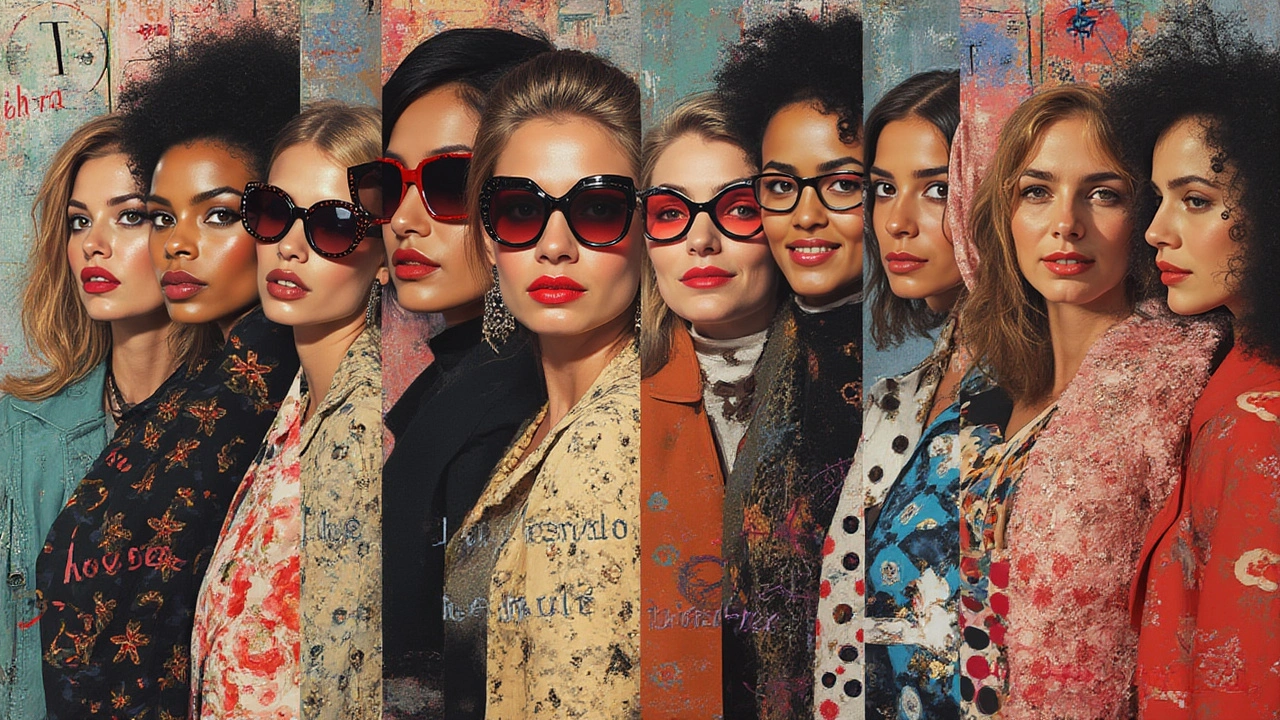
The Future: Technology, Transparency, and the Next Generation of Powerhouses
Fashion’s future is getting a tech upgrade. Virtual models like Shudu or Lil Miquela now land campaigns with brands like Balmain and Prada—blurring the line between fantasy and reality. With AI-generated faces entering the mix, the industry faces a wild new question: What makes a "real" supermodel in a world where digital avatars can go viral?
But don’t bet against the human touch just yet. Authenticity—the real-life stories, childhood snapshots, and outtakes—still matter more than ever. Fashion brands pivot at lightning speed to chase the next viral star, but, ultimately, people still crave relatable role models. In a 2024 study by BoF Insights, 87% of Gen Z fashion consumers said they felt more connected to a brand when the face was "real, vulnerable, and visible on social media." Reality trumps perfection, even if you’re wearing couture.
Expect more collaboration between models and brands, with talent taking on co-design and creative direction roles. We’ll see more transparency, too. Pay gaps, casting diversity, and working conditions are under the microscope, pushed by social media campaigns and model advocacy groups. The power dynamics have changed; today’s top models have more say than ever in what goes on behind the scenes. As a result, brands adapt quickly, eager to avoid backlash or bad press that can spiral in hours online.
Tips for breaking into this world? Start with a strong digital presence, network relentlessly, and don’t be afraid to let personality outshine perfection. The best-known powerhouses are anything but one-dimensional—they’re entrepreneurs, activists, creative directors, and spokespeople, often all at once. Know your worth, and demand fair contracts. Versatility and business acumen beat looks alone, every time.
The top models today are more than just faces—they’re creators, CEOs, advocates, and sometimes, the beating heart of a brand’s global story. Trends come and go, but authentic connection and business savvy deliver staying power. If you’re aiming for the big leagues, remember: every viral post, every runway strut, and every collaboration is another step in building not just a career, but a legacy.
